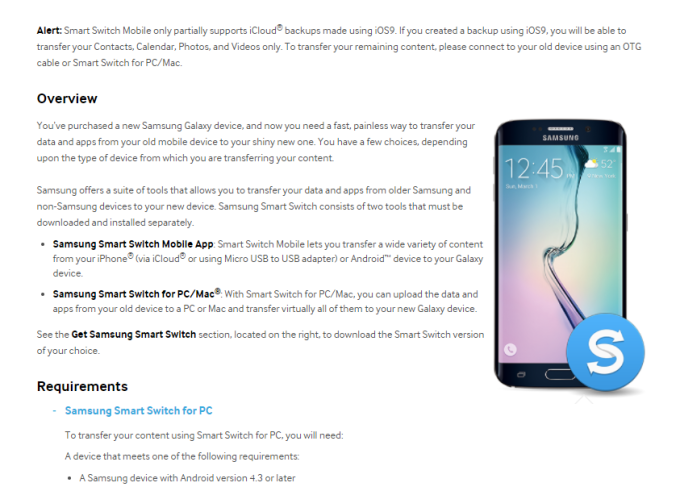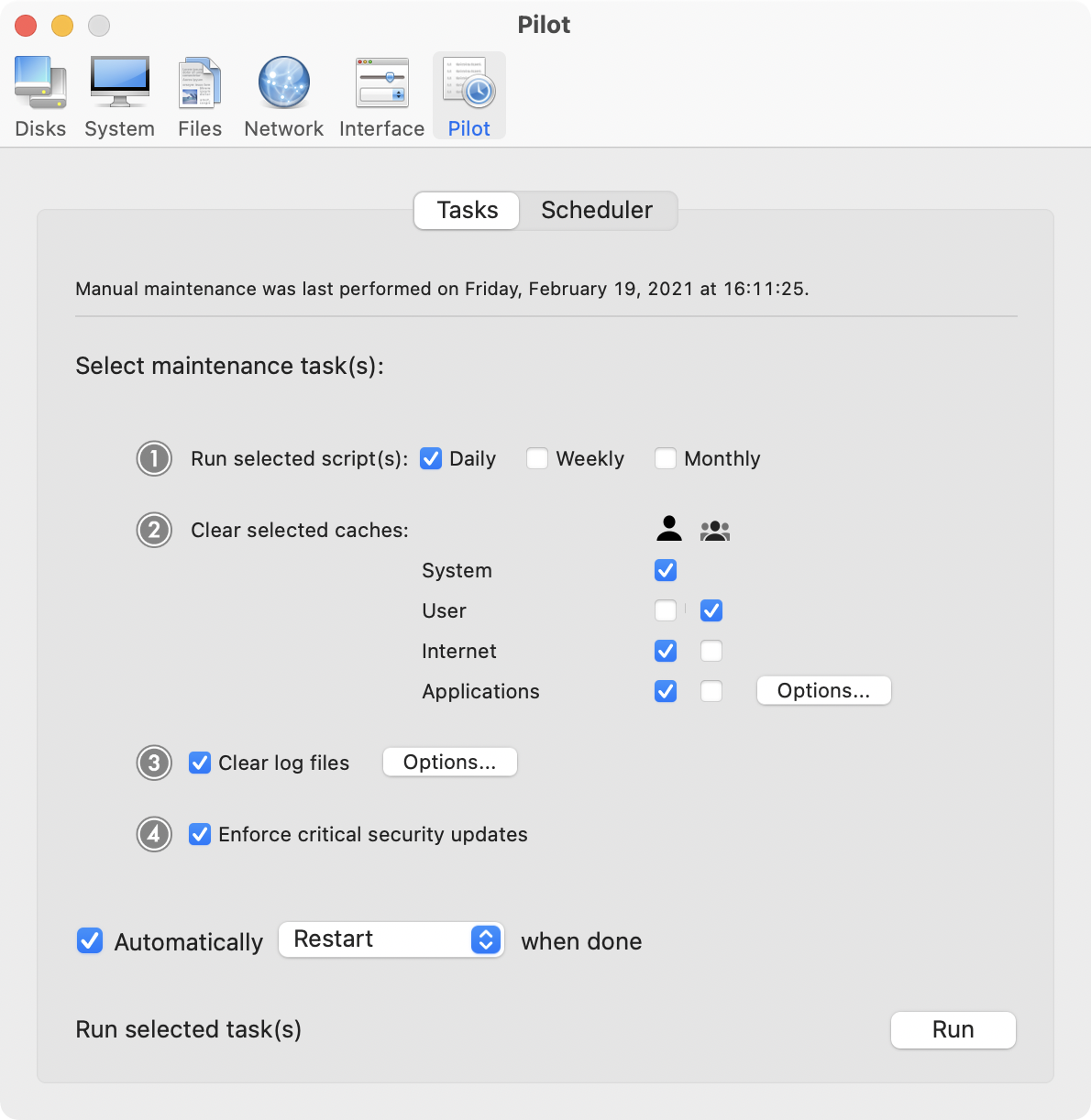


1 day ago Mac Product Key Finder Pro 1.4.0.45 - Smart tool for recovering lost product keys for installed software. Download the latest versions of the best Mac apps at safe and trusted MacUpdate Download, install, or update Mac Product Key Finder Pro for Mac from MacUpdate. Download whatsapp hack tool for pc-mac-android-ios. Maxwell is a disk monitoring and reporting tool for Mac OS X. It uses the IOKit SMART api to check your ATA disks for signs of possible future failure. It can run tests on demand, print a report of the disks performance, or simply report a passing/failing status. SmartDraw is the only alternative to Visio ® that runs on a Mac, online, and on Windows (and behind the firewall). With the best Visio ® import and export capability in the industry, SmartDraw is the easy, powerful and affordable Visio ® alternative.
World editing tool minecraft for mac. MCEdit: World Editor for Minecraft MCEdit is a saved game editor for Minecraft. Since Minecraft saved games contain every single element of the world the player is playing in, it has much more in common with 3D world, map, and terrain editors than traditional saved game editors. Map Editing Tools & Techniques (self.Minecraft). MCEdit is an extremely powerful Minecraft world editor. The current version 1.5.1.0 works with Minecraft 1.8 and 1.9. Permalink; embed; save. This is a tool that can edit any Minecraft file that uses Named Binary Tags as the storage format. That turns out to be lots of them. Programs and editors/Mapping. From Minecraft Wiki tool that parses Minecraft Pocket Edition (MCPE) world files. It creates overview images from the world files, and reports lots of details on your world. Creates a regular Minecraft world with a randomly generated city at the. The Minecraft community has created thousands of programs and modifications that can be used to enhance the game. List of programs and editors []. The Server software list is so large that it has a page of its own. Server wrappers can be used to help manage the server.; There are several kinds of programs which deal with Mapping:. Mappers create an overhead view of a world, usually outputted. World Edit for Minecraft is an easy and smart world edit tool for Minecraft PE because it works by selecting your blocks & dragging and dropping to the place you want.
For instance, Toast Burn is no good for creating video DVDs or authoring DVDs as it does not support creating Menus, Chapters, video conversions and generally lacks all of the more powerful features of Toast Titanium. Toast Burn is the “Lite” version of Roxio Toast Titanium and is strictly for data backups so it’s definitely not comparable to Nero. As the DVD burning market shrinks, there is very little decent DVD burning software on Mac. Toast Titanium is easily the best one for Mac but here’s an overview of other DVD burning software for Mac including two “Lite” version of Toast Titanium – Toast Burn and Toast DVD. Roxio Toast Titanium and although that makes it one of the most expensive burning software for Mac, you’re not just getting a DVD burning software, you’re also getting a DVD authoring software, video converter and basic video editor for Mac. Nero info tool.
The file I've installed was jre-8u66-macosx-x64.dmg. How to get rid of mac jdk message for java command-line tool. I've installed JRE 1.8 on MacOS X 10.10 from the official Oracle site.
Smart Tool For Hard Disk
1) The information returned by SMART is open to interpretation. In many cases, manufacturers themselves don't adhere to the same interpretation of what a particular data field means relative to their product. Ultimately, the manufacturer of the drive decides how and what to report back. There really isn't any enforcement to keep manufacturers in line as far as how their devices report.
Once data is returned, then SOME programs that try to calculate and give a 'probability' of failure or life expectancy rating.; these ratings need to be taken in context, or at least take with grain of salt. There are several industry studies which have shown that correlation between SMART data, predictions made based on the data and actual failure rates, is NOT that strong..possibly only correlated in less than a third of hard drive failures. I've had rotational drives during the initial 'burn in' period that show a increase in some of the so called negative indicators (bad sectors reallocated); but then 'settle down' and continue working fine for years afterwards with no increases. Don't get caught up too much in what SMART data is saying, unless you see a trend overtime. Your strategy should be to always have multiple backups of key data, so that when and if a drive fails, your data is safe, rather than obsessing about whether to replace a drive the first time it shows any negative indication.
2) Regards SSDs, the SMART standard and specification was developed at a time when all drives were rotational. When it comes to SSD/non mechanical drives, many of the data types/info defined by SMART are ambiguous at best, or meaningless, or at worse used by manufacturers to bolster their product when in fact they are irrelevant. Some makers have added on additional data fields to report so called 'SSD' specific info, but other makers are not required to use them, or if they do, don't necessarily report back the same data, since the definition is so open. Or worse, they will come up with a way to report back a lower value and use that in a positive spin, even the meaning of what that data really indicates has been redefined by them. A perfect example is data field 231, loosely defined as 'Life Left' for SSD drive. Remember, this is data reported back by the drive based on the manufacturer's interpretation. Using different criteria, Samsung drives might report back a million erase cycles remaining, but Crucial drives might use that field to report back that 50% reserved space is left.
So, in the case of Samsung, if the drive was rated for 2 million erases cycles, does that mean the drive has 50% of life remaining; on a Crucial drive, if you never get close to using the full capacity, 50% reserved space isn't really a factor; and what actually can be inferred from that as far as 'Life Remaining'. For example, when a manufacturer says this SSD drive reports 'zero' whatever, i.e. my product is good..well, actually ALL SSDs are going to report a zero for that data, or some might report '100', but so what, because it has no relevance for non-mechanical drives.
Most people I suspect pay particular attention to the 'reallocated bad sector' data; for rotational drives that makes good sense. For SSDs, the data has less relevance, because the standard hasn't evolved to define what that really means for SSDs, so manufacturer's have, of course, used this ambiguity to dictate the data returned to put their product in a better light. With modern SSDs and controlers using techniques likes over provisioning, trim, garbage collection, etc. it can be open to interpretation what a 'bad sector' is. Manufacturer's can take a problem 'memory location' and move it to the over provisioning bucket of memory, or mark it to never be trimmed or garbage collected..does that mean they have to report it as a 'bad sector'. It's straight forward to associate an actual physical location of a bad sector when it comes to rotational device; for a memory device, it's a little more complicated. A 'sector of data' on a rotational drive is 512 bytes at a physical location on the disk. With SSDs the smallest block is 512 KB (a thousand times larger), made up of pages, which can be variable, but frequently 4KB. These pages may or not be continguous in the 'traditional' sense, and can CHANGE internally without any knowledge to the operating system. This happens when an SSD drive performs it's own internal clean up, provisioning and trim operations. Windows and macOS still see that 'sector' of your Word document as sitting at sector 143,245; but internally, the drive can move the location and composition of that block around.
3) In order to retrieve SMART data, requires either an interface that is capable of doing so, or a direct method to the drive which requires specific knowledge of the model and how to retrieve the info (without using the standard interface commands). Internal drives on a SATA bus have no issues, the SATA spec provides for the proper commands to query a drive and report back the data. External drives are dependent on the chipset of the enclosure as to whether the interface supports the SMART commands needed to query the drive and return the SMART data. Older USB external interfaces (as well as Firewire) did not have this pass through capability. Newer interfaces which support USB Attached SCSI (UAS) or USB Attached SCSI Protocol (UASP). do allow for SMART data retrieval, so when you buy an external drive or stand alone enclosure or drive dock, make sure it supports UASP
End of the day, it's fine we have programs that report back SMART info. For rotational drives, more useful, for SSD's, not as much. How you personally, or the programs that retrieve data, interpret what that data means, can be subjective, particularly when it comes to trying to predict failure or life expectancy (again, better for rotational, not so much SSDs). Generally speaking, mechanical devices physically wear down over time, so may be possible to see a trend and they 'fail over time'. Pure electronic components tend to not show 'symptoms' or degradation over time, for lack of a better word; they work until such time that they don't work. That's why I said it's better to be sure that you have multiple backups rather than obsess too much about whether a particular device is showing signs of failure or going to fail.